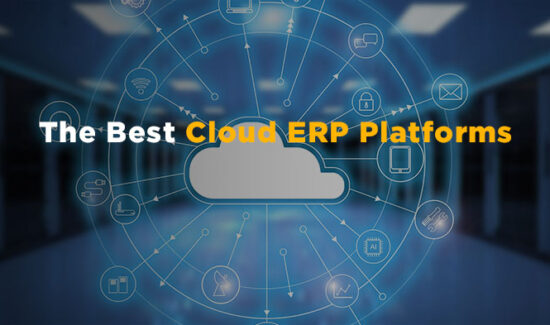How Cloud Computing Can Grow Manufacturing


The demand for cloud computing is driving the need for more speed, scalability and accuracy to manufacturing companies, however, some are finding it hard to keep up with this pace of change. “The fastest onramp to attaining their goals is through cloud-based apps and platforms. With application user interfaces that can be configured to their needs and speed of deployment, these cloud solutions are in many manufacturers’ plans for 2018 as they seek it to accelerate their expansion while increasing profitability,” Louis Columbus, Marketing and Product Management Leader, Forbes Columnist, Software Expertise in Analytics, Cloud, CPQ & ERP Solutions said.
To build on this, Columbus has provided ways cloud computing will grow manufacturing in his article, “10 ways cloud computing will drive manufacturing growth in 2018, available here. We’ve read the post, and for your convenience, have pulled the top five.
Widget not in any sidebars
Quality Integration
With cloud computing, each process needed to deliver a product is integrated together across all productions centers. Columbus takes special focus on the aspect of quality, from inbound inspection to reducing scrap, saying it gains greater value throughout the entire organization when a cloud based application is used to track, manage and analyze quality status by center and product.
“When track and traceability are integrated with inbound inspection and quality management, it’s possible to stop entire lots of defective parts before they even enter the warehouse. Cloud platforms and applications make it possible for these quality strategies to be synchronized all locations with real-time data,” Columbus adds.
Easy Tracking and Traceability in Real-Time
The more locations a manufacturing company has, the more important supply chain visibility is to maintaining quality levels and gaining traceability data and intelligence. Cloud-based applications that have the ability to handle tracking and traceability and can span across supplier networks save many manufacturers from the unpredictable expenses of product recall by revealing and stopping product quality issues early in the process.
Reduced Rework Times
Most of the time, product quality challenges are often due to incorrect or incomplete orders. Errors in pricing, quoting, product configuration and delivery all have the potential to induce errors, drive down quality or slow down orders. Automating these workflows using a cloud-based application can combat this challenge by reducing order cycle times and improving quality.
Team Functions Work Together for Successful Product Introduction
“Instead of rushing new products into an initial manufacturing run, manufacturers who excel at product quality are willing to sacrifice a few weeks to get the product right. Readiness reviews and the highest priority problems or bugs are fixed, and the schedule gets shifted to support higher quality. Cloud-based applications are integrating product development, engineering, supply chain management, and production planning teams on a single platform and on a global scale to reach higher product quality levels.,” Columbus explains.
Better Order Performance Tracking
Perfect order performance measures how effective a manufacturer is at delivering complete and accurate orders to customers on time. With more complex product lines and configuration options, it’s harder to attain a perfect order level. “Greater analytics and insights gained from real-time integration of cloud-based ERP solutions, which serve as the system of record, and monitoring help complex manufacturers attained higher perfect order levels over time,” according to Columbus.
We encourage you to read the full article here.
Looking for more? Download our ERP Buyer’s Guide for free to compare the top 24 ERP software vendors head to head! The guide also includes 4 key capabilities to consider while selecting a new ERP solution and 10 questions to ask yourself and the software vendor before purchasing.
And don’t forget to follow us on Twitter, Facebook and LinkedIn for all the latest in the ERP space!

























